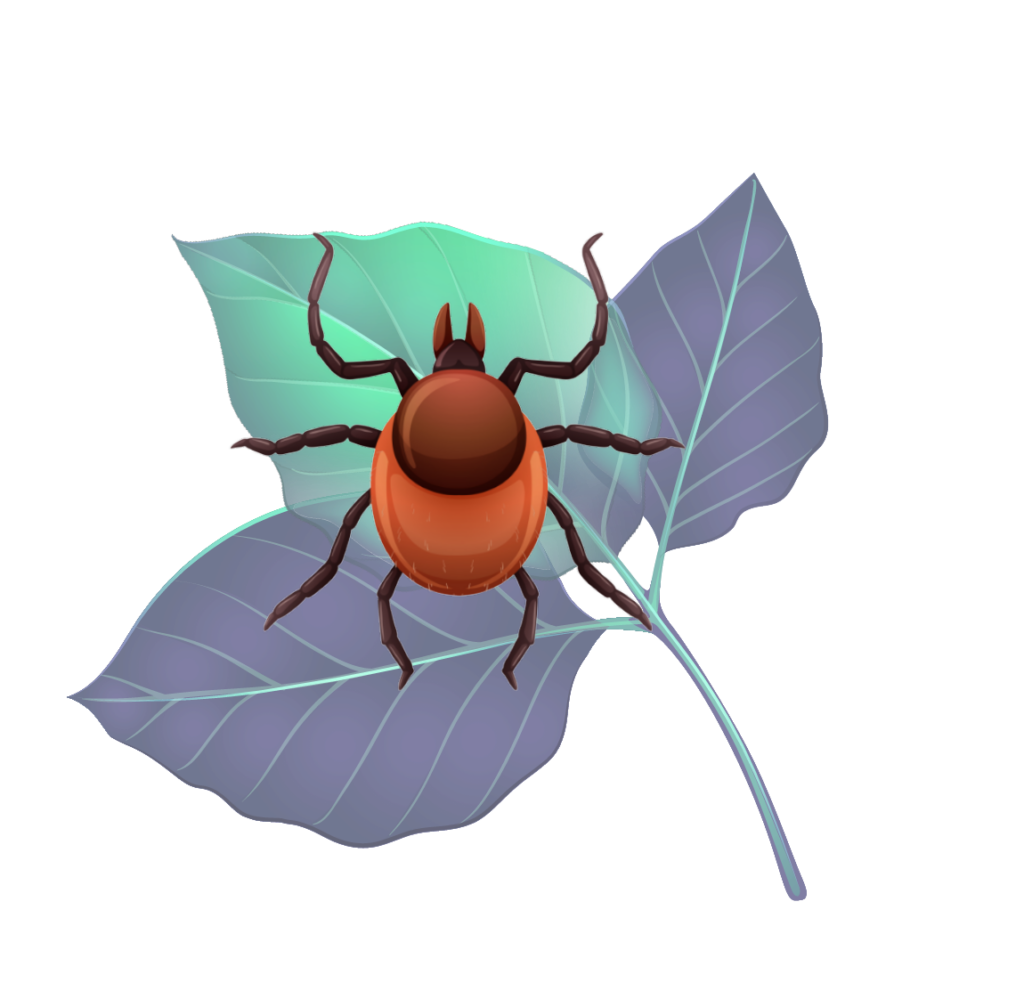What to Do Immediately After a Tick Bite?


A tick bite can lead to serious health issues like Lyme disease if handled incorrectly. Knowing what to do immediately after a tick bite can help prevent transmitting harmful diseases. This guide explains the essential actions after a tick bite, including proper tick removal and how to care for the bite area. Quick, effective post-tick bite care is crucial for minimizing health risks. Follow these steps to stay safe after tick exposure.
What are the first steps after a tick bite?
The first step after a tick bite is to remove the tick as quickly as possible. Use fine-tipped tweezers to grasp the tick close to the skin and pull upward with steady pressure. Avoid twisting or squeezing the tick, as it may cause infection.
After you remove the tick, clean the bite wound with soap and water. Apply cleaning medicine (as you would over a cut) to help heal any illness it may have caused. If possible, place the tick in a sealable container or pouch – doctors would like to study the type that bit you.
Watch the bite spot for several days. If it gets red puffy, or you see a round rash, or if you feel sick or very tired, go see a doctor right away.

How do you properly remove a tick from the skin?
To properly remove a tick, it’s essential to use fine-tipped tweezers or a tick removal tool. Grasp the tick as close to the skin as possible, avoiding squeezing the tick’s body. Pull upward with firm, even pressure without twisting or jerking, as twisting can cause the tick’s mouthparts to break off and remain in the skin.
After removal, clean the bite area thoroughly with soap and water, then disinfect it with rubbing alcohol or an antiseptic. Dispose of the tick in a sealed container, and monitor for any unusual symptoms like rashes or flu-like signs.
How can you prevent infection after a tick bite?
To prevent infection after a tick bite, the bitten area should be cleaned properly. First, remove the tick promptly using fine-tipped tweezers. Then, wash the bite area with soap and water to remove any remaining bacteria. After cleaning, apply an antiseptic or rubbing alcohol to reduce the risk of infection.
Avoid scratching the area to prevent further irritation or infection. Keep the bite site under observation for a few weeks. See medical attention immediately if you notice signs like increased redness, swelling, or pus or develop flu-like symptoms. Early intervention can help prevent severe health issues like Lyme disease.
What signs should you look for after a tick bite?
After a tick bite, watch for signs such as an unusual rash, hot or feverish, tiredness, or achy joints. One important sign is a red, round rash that looks like a target (like a circle with a dot in the middle).
The round red rash that looks like a target is usually the first sign that you might be sick due to a tick bite. You might even feel hot, get the shakes, feel extremely tired, and have sore muscles and achy joints. These signs can appear anytime from a few days to a few weeks after the tick bites you.
See a doctor if you experience a rash, feel sick, or have the flu. Getting help early is very important to stop tick sicknesses from getting worse.

How long after a tick bite can Lyme disease appear?
You can begin feeling sick anywhere from 3 to 30 days after a tick has bitten you. Most people notice a round, red rash with a light middle that resembles a target first. Along with the rash, you might feel hot, get the shakes, have a headache, feel sore, and be tired.
If not treated, the disease can progress to your joints, heart, and brain and make you worse. You should visit your doctor if you suspect you might be ill because of a tick bite. Starting treatment early helps you recover better and prevents severe illness.
When should I go to the doctor after a tick bites me?
See a doctor if you get a rash, feel hot, feel like you have the flu, or if the tick was stuck on you for more than a day.
If you have a rash, especially one that is in the bull’s-eye pattern, or if you feel symptoms such as fever, extreme tiredness, or achy joints, see a doctor. You are also more likely to get sick if the tick was attached to you for more than a day.
Even if you feel fine right away, keep checking where the tick bit you for a few weeks. A doctor might want to do some tests or give you medicine to stop you from getting sick.
What should I do if I can't get all of the ticks out?
If parts of the tick remain lodged in your skin, clean the bite with soap and water, apply some cleaning medicine or antiseptic liquid, and seek help from a doctor.
A doctor can help remove the stuck tick parts and check if you’re getting sick. Leaving tick parts in your skin can make you sick and make you more likely to get Lyme disease. Watch for any changes where the tick bit you, like if it gets puffy, red, or infected.
Wrapping Up!
Knowing what to do after a tick bites you is very important to stop you from getting sick or Lyme disease. Taking the tick off quickly, cleaning where it bit you, and watching for signs of being ill can stop big health problems. Getting help early is the best way to stay healthy after a tick bite. Keep watching for signs of being sick, and go to the doctor if needed so you don’t get very sick.
